FOR SALE IN NEW YORK FROM 21 to 27 OCTOBER 2011
THE RENOWNED ART DEALER, TOMASSO BROTHERS FINE ART WILL BE OFFERING MAJOR EUROPEAN WORKS OF ART AT THE INTERNATIONAL FINE ART AND ANTIQUE DEALERS SHOW IN NEW YORK.
THE SELLING EXHIBITION WILL BE HELD AT THE PARK AVENUE ARMORY AT PARK AVENUE (WHERE ELSE?) AT 67th STREET FROM FRIDAY 21 TO THURSDAY 27 OCTOBER 2011.
SOME PEOPLE LIKE MINIMALISM BUT THOSE ENDOWED WITH BRAINS, EYE FOR BEAUTY AND POTS OF MONEY WILL ALWAYS GO FOR MAXIMALISM! WHY SETTLE FOR A BLANK WALL OR DESOLATE CORNER OR ABANDONED HALLWAY WHEN YOU CAN FILL THEM WITH STUNNING WORKS OF ART FROM TOMASSO BROTHERS.
TOMASSO BROTHERS FINE ARTS IS BASED IN LEEDS, ENGLAND SO IF YOU MISS THEIR SHOW FROM 21 TO 27 OCTOBER, YOU CAN ALWAYS FIND THEM IN THEIR LAIR AT BARDON HALL, WEETWOOD LANE, LEEDS, ENGLAND OR CONTACT THEM AT INFO@TOMASSOBROTHERS.CO.UK.
WITH A NAME LIKE TOMASSO BROTHERS, THE BUSINESS IS REALLY OWNED AND OPERATED BY THE THREE BROTHERS WHO GO BY THE FANTASTICALLY ROMANTIC NAMES (ALL ITALIAN NAMES ARE QUITE ROMANTIC SI?) OF DINO, GIOVANNI AND RAFFAELLO.
TOMASSO BROTHERS FINE ART
at
THE INTERNATIONAL FINE ART & ANTIQUE DEALERS SHOW, NEW YORK
Major pieces of European sculpture and works of art will be presented by Tomasso Brothers Fine Art at The International Fine Art & Antique Dealers Show, the prestigious New York fair that takes place at The Park Avenue Armory, Park Avenue at 67th Street, from Friday 21 to Thursday 27 October 2011. The Tomasso brothers, Dino, Giovanni and Raffaello, are known for their passion for sculpture and their dedication to scholarship so visitors to Stand A2 can expect to encounter some splendid examples of sculpture, furniture and works of art dating from the medieval period to the early 19th century.
Each of these magnificent vases of solid lapis lazuli, a semi-precious stone, costs around RM 1 million and you have to buy the pair so it is around RM 2 million.
This outstanding pair of glorious lapis lazuli vases were made in Rome around 1790-1810. Carved with a frieze of dancing figures, these extraordinary vases are made out of two solid pieces of Afghan lapis lazuli. Although it was not unusual to use this semi-precious stone in the late 18th century, it is extremely rare to see such large carved solid pieces. The play in colour of the lazurite (blue), calcite (white) and pyrite (metallic) gives the vases an extravagant dynamic that makes the dancing figures come alive. The shape is influenced by the two most famous antique vases known at that time, the Borghese in the Musée du Louvre, Paris, and Medici in the Uffizi, Florence. The frieze is taken from one of the most famous reliefs from antiquity: the ‘Borghese Dancers’ (Musée du Louvre), a low relief frieze depicting the Three Graces and Horae, or Hours, who were the goddesses of the seasons and the natural portions of time, wearing long chitons and dancing hand in hand. These sumptuous vases will be offered for around $675,000.
Believe it or not, this is a table top painstakingly inlaid with antique coloured glass fragments and will give you hours of pleasure just by examining the workmanship and months that went into making it. A steal at only RM 420,000.
This rare, ancient Roman glass and micromosaic inlaid marble table top was made by Francesco Sibilio in the early 19th century. Sibilio was a dealer of antiquities whose revolutionary approach to the design and production of tabletops inlaid with ancient glass characterises him as a remarkable, highly skilful and important craftsman. The white marble base is set with a central circular micromosaic depicting Zeus in the form of an eagle abducting Ganymede to become cupbearer to the gods. This is surrounded by concentric circular bands of carefully selected ancient glass fragments chosen for both their complimentary colours and quality, dating from the late 1st century BC to the early 1st century AD. The mosaic glass, which is so inventively adopted here, originally formed glass vessels, chiefly bowls. The final decorative element is the brightly coloured geometric bands of glass paste encasing the precious ancient glass specimens. Sibilio’s technique of choosing ancient glass fragments and combining them with the glass paste, along with the process of setting it into the table top, is unique to him. The overall effect is sensational and timeless and accounts for why Sibilio was the leading marble craftsman or marmista and merchant, supplying all the high profile collectors of his day, and continues to attract such high esteem today. This dazzling example is an exciting addition to Sibilio’s oeuvre and is priced at around $140,000.
This stylish yet elegant side table is the answer to fill up that blank space by the doorway. At RM 450,000 it is more expensive than the inlaid marble top mentioned above which is rarer and more precious so buy that instead.
This is a rare Italian giltwood console table with a base surmounted by caryatid and grotesque heads, all with bats wings supporting an alabastro fiorito veneered top dating from around 1760, is both a charming and luxurious piece with its playful carvings. It would be a striking addition to any interior, whether period or modern, and is priced at around $150,000.
At RM 135,000 this excellent pair is value for our ringgit and will flll any awkward corners in your sprawling pad
This grand pair of bronzes with a rich brown-green patina, is called the Captive Dacians, sculpted by Francesco Righetti (1749-1819) and his son Luigi (1780-?1852), dated 1811, and priced at $45,000. At this time Francesco Righetti, who became head of the Vatican foundry in 1805, was at the height of his career, having just completed the monumental bronze statue of Napoleon as Mars now in the courtyard of the Museo del Brera, Milan. The Tomasso Brothers’ bronzes are reductions after the famous marbles of the Farnese Slaves which date to imperial Roman times and are reputed to have come from Trajan’s forum. They are now in the Museo Borbonico, Naples.
This statue of Emperor Marcus Aurelius looks huge but is a smallish bronze as seen by the price of RM 135,000
This is an equestrian bronze of Marcus Aurelius by G & F Zoffoli, circa 1800. The over life-size ancient Roman original, the only bronze equestrian statue to survive from antiquity, was first erected in 176 AD and is now in the Palazzo dei Conservatori, Rome, while a replica stands outside in the Piazza del Campidoglio. The Zoffoli ran one of the most important workshops in Rome during the 18th century, specialising in the reproduction of small bronzes for the Grand Tour market. This work is priced around $45,000.
This bust of a charming child is perfect to celebrate the birth of your new baby! RM 90,000
This terracotta bust of a child on a mottled grey marble socle is attributed to Jean-Pierre-Antoine Tassaert (1727-1788). Tassaert was born in Antwerp, spent time in London and trained in Paris. In 1774 he was appointed court sculptor to Frederick the Great of Prussia and moved to Berlin in 1775. The bust of this charming child is the sculptor’s own copy of a figure in his major group Love preparing to fire an Arrow in the Musée du Louvre, Paris, a copy of which is in the Wallace Collection, London. It is priced around $30,000.
Tomasso Brothers Fine Art will stage a complementary display of sculpture at Otto Naumann Ltd, 22 East 80th Street, New York, NY 10075, USA, from 20 October to 4 November 2011.
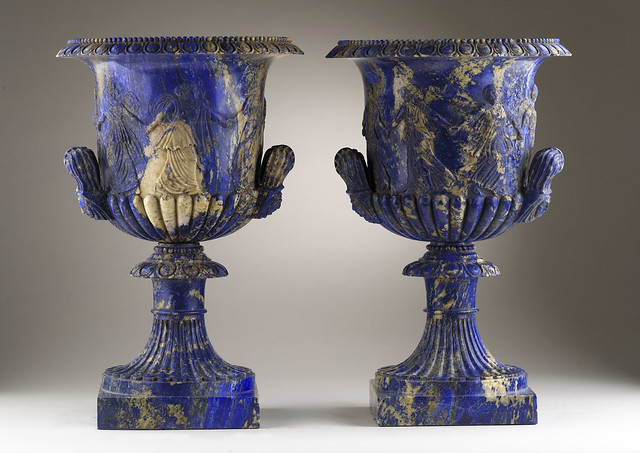
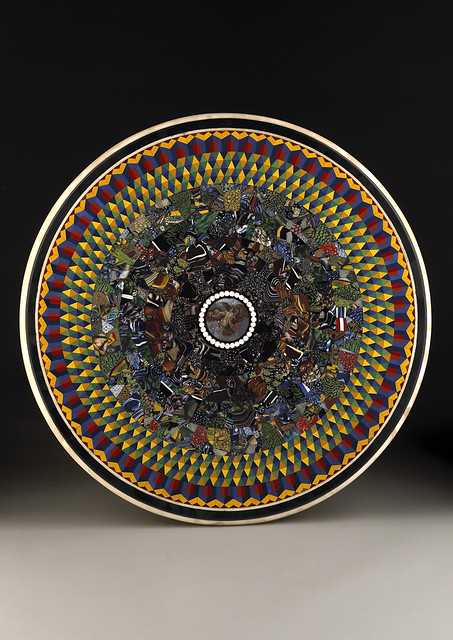
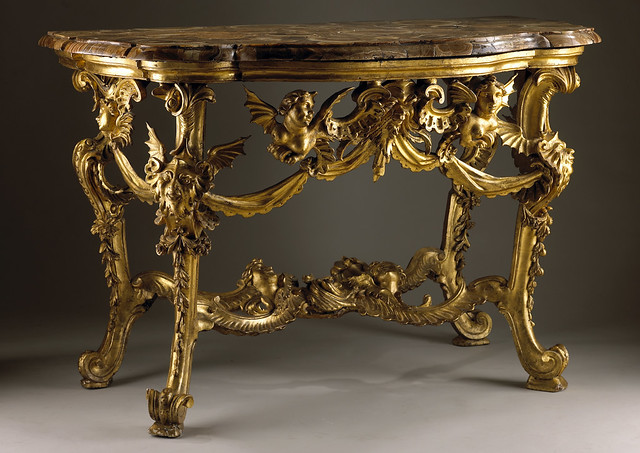
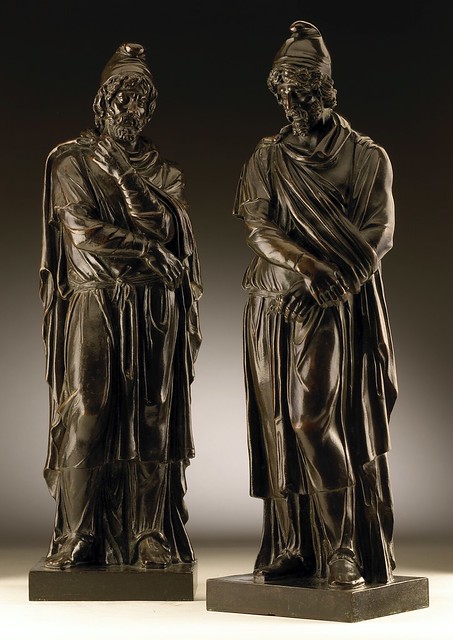

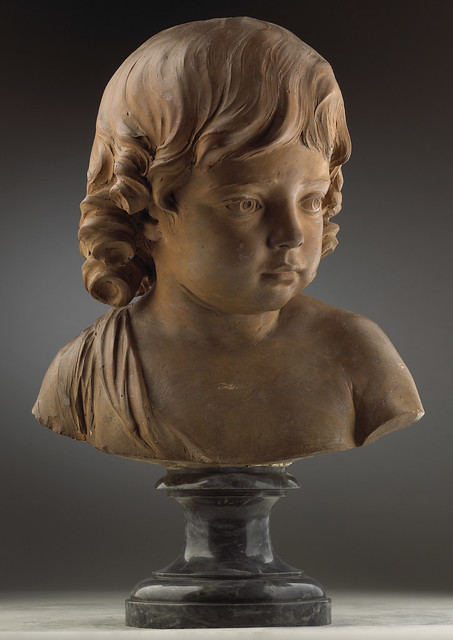
No comments:
Post a Comment